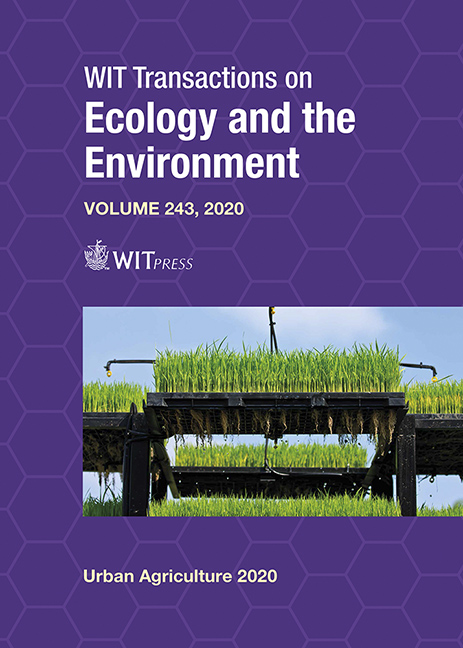ASSESSING THE PERFORMANCE OF URBAN GREEN INFRASTRUCTURE: THE CASE STUDY OF BENICALAP DISTRICT, VALENCIA, SPAIN
Price
Free (open access)
Transaction
Volume
243
Pages
13
Page Range
83 - 95
Published
2020
Paper DOI
10.2495/UA200081
Copyright
WIT Press
Author(s)
CARLA M. TUDORIE, MARÍA VALLÉS-PLANELLS, ERIC GIELEN, FRANCISCO GALIANA
Abstract
During the last few years, the number of cities which are making efforts in improving urban greenery as a measure to strengthen urban resilience and citizen’s wellbeing is increasing. The assessment of the implementation of urban green infrastructure actions, as any other type of intervention, involves the use of indicators to measure the effects of these actions. These indicators are understood as parameters that allow assessing the impact and the temporary monitoring of the effects of human actions carried out on the territory. Drawing on the literature of ecosystem/landscape services and green infrastructure, this study proposes a set of indicators which are able to analyse the performance of urban green infrastructure in terms of structure and functionality. A selection of the proposed indicators connected to structural properties, regulation and cultural landscape services are tested at the street level in Valencia City, Spain. Indicators are applied in two pilot actions which are being developed in Benicalap District, Valencia, in the context of a broader project which aims to give evidence about the benefits of nature-based solutions. This research contributes to a better understanding of how indicators can be used as an effective tool to assess the landscape services provided by urban green infrastructure. This information can be useful to communicate the benefits of urban green infrastructure and to make decisions about the development of sustainable strategies based on urban greenery.
Keywords
nature-based solutions, sustainability, urban greenery, landscape services, Valencia





